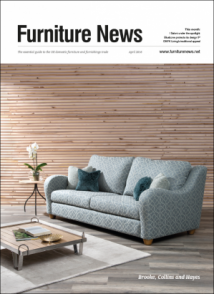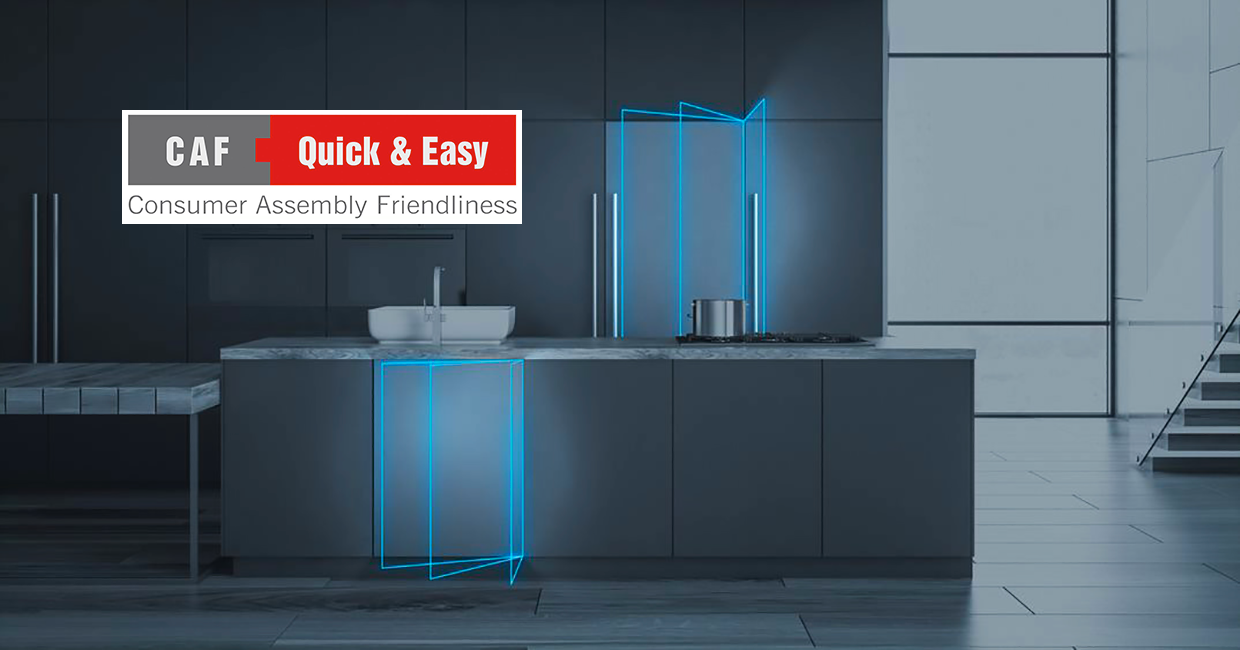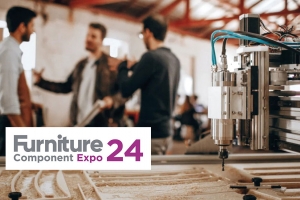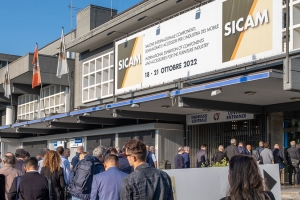When a new item of cabinet furniture is being designed, one of the key decisions that has to be made is the type of assembly system that will be used. For many years, cam-and-connector systems have been an almost automatic choice, but now many alternatives are appearing on the market. How will manufacturers maintain or improve their competitiveness given the wide range of choices available?
That’s a question that individual furniture manufacturers must answer for themselves but, in making their decision, they will profit from bearing in mind that cam-and-connector systems are the latest developments of tried-and-trusted technology and that they have been developed over many years to provide a wide range of valuable benefits. The latest cam-and-connector systems, in particular, have much more to offer than older cam-and-dowel solutions.
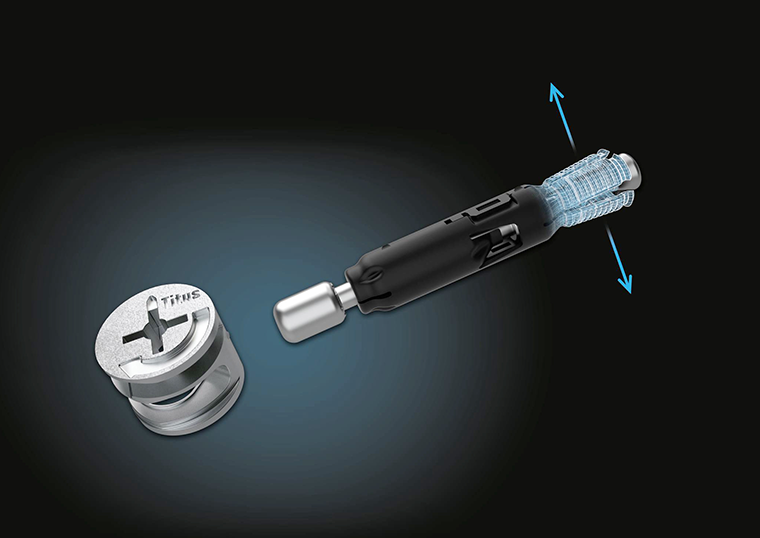
Cam-and-connector benefits
From a cabinet manufacturer’s point of view, one of the big benefits offered by cam-and-connector systems is that they are relatively undemanding in terms of machining accuracy. Because cam-and-connector systems work by pulling furniture components together, they automatically compensate for minor variations in drilling and other machining operations. Even when these variations occur, furniture designed around cam-and-connector systems is still easy to assemble. And, once it is assembled, it will have no gaps between the panels, and it will be as stable and robust as the designer intended.
A further benefit is speed of panel processing. Cam-and-connector systems, which need only drilling operations to prepare for installation, allow fast panel processing times to be achieved, whereas alternative solutions that rely on routing rather than drilling typically involve longer processing times, which ultimately reduces plant throughput.
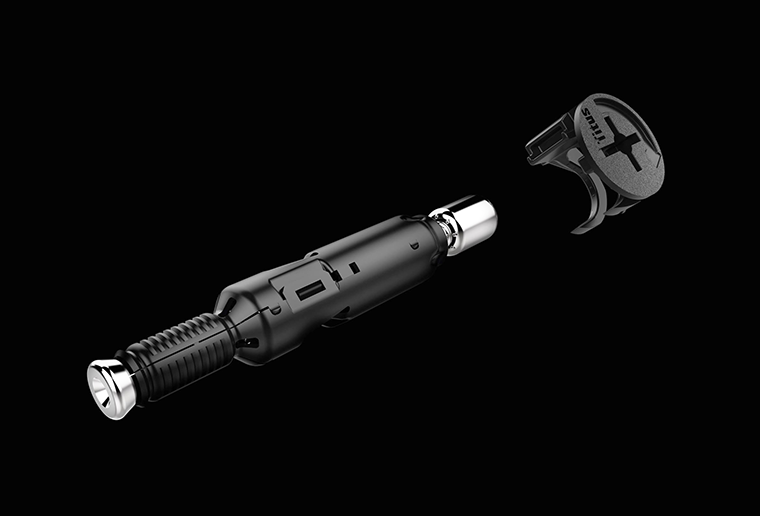
Greater flexibility
While discussing drilling and machining, it’s worth noting that cam-and-connector assembly systems are now available that don’t require edge drilling of furniture components – face drilling is all that’s needed. For some furniture manufacturers this is a valuable option as it gives them greater design and manufacturing flexibility while also allowing them to optimise the utilisation of their production machinery.
When choosing connector systems, it’s also worth thinking about material quality. These days, chipboard – from which the majority of cabinet furniture is manufactured – very often contains recycled material. From an environmental point of view this is good news, but the downside is that including recycled material makes the board more likely to crumble and less uniform in its properties. In particular foreign bodies, such as small pieces of metal, in the board are by no means uncommon.
When cam-and-connector assembly systems are used however, any tendency for the board to crumble – unless it is extreme – is of little concern, as it is the connectors themselves that provide the strength of the connection between the furniture components. Cam-and-connector systems also have important benefits in relation to foreign bodies in the board, since they require only small holes to be drilled, which means the likelihood of encountering one of these is low.
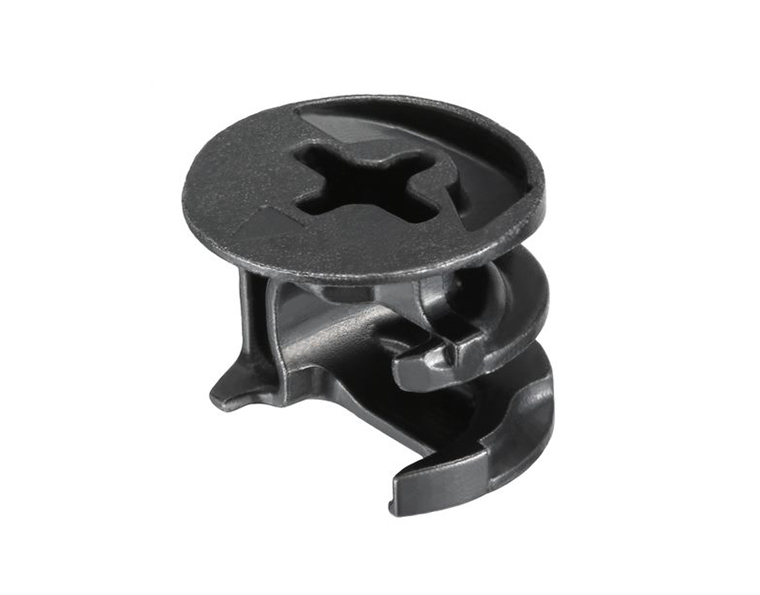
Cost-effective solution
A final, but very important factor to consider in the cost-sensitive environment that characterises cabinet manufacturing is the total cost of the connector solution adopted for a new design. Cam-and-connector products are manufactured accurately and consistently in huge volumes. This means that they are cost-effective – they contribute only a tiny amount to the overall cost of a typical cabinet – yet they are convenient to use and they offer extremely reliable performance, which is a big factor in maximising end-user satisfaction.
To put things in a nutshell, today’s cam-and-connector systems can help to ensure that cabinet manufacturers maintain and enhance their competitive position in one of the most challenging of global markets.

